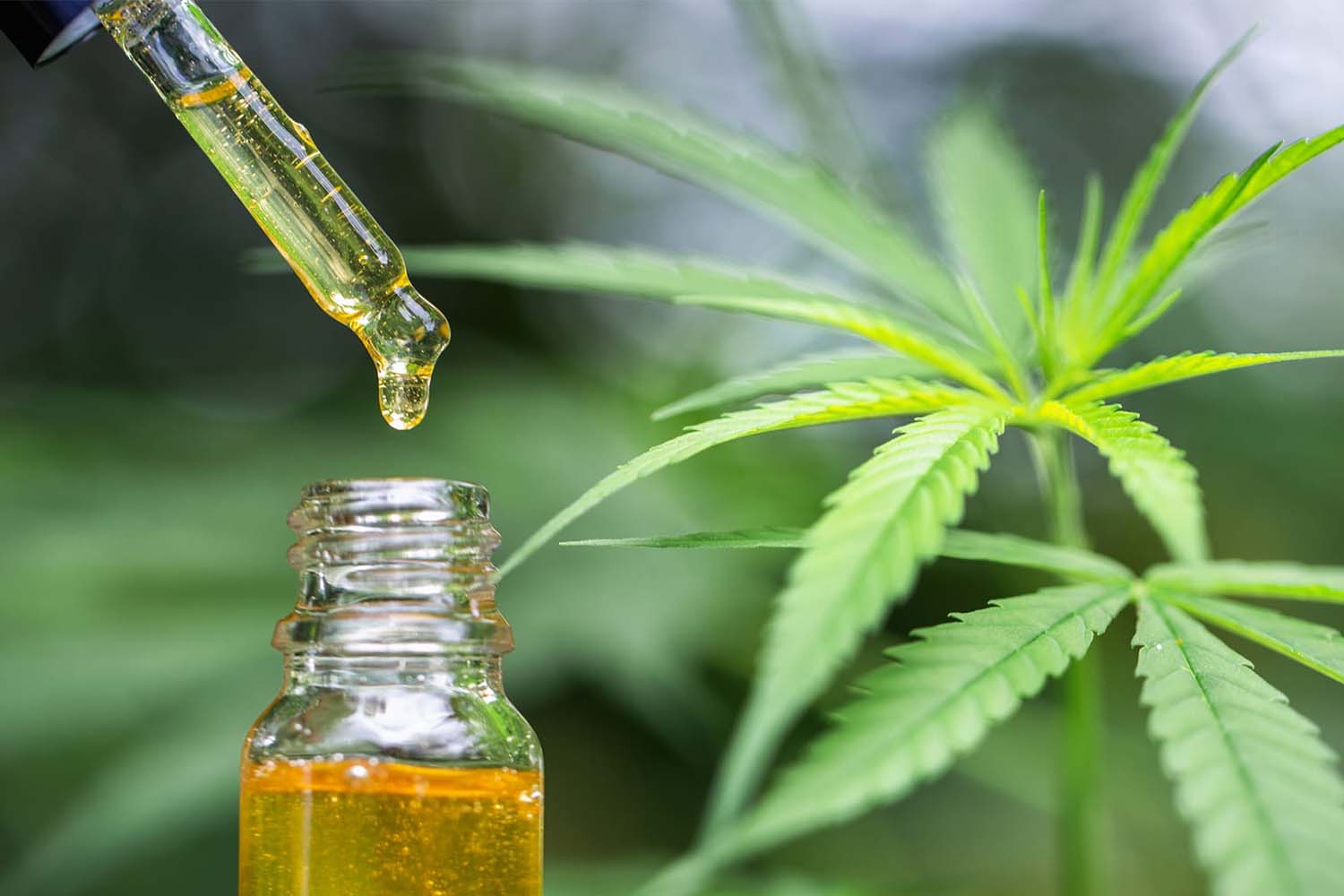Dermal fillers are a great way to enhance facial features. However, there are some drawbacks that should be considered before you decide if you would like to use them. In this article, we will cover the possible side effects of using dermal fillers.
What Is A Dermal Filler?
A dermal filler is a cosmetic injectable used to plump up the skin. Common dermal fillers are made from hyaluronic acid, a substance that naturally occurs in the body. Additionally, you can use Korean aesthetic products in conjunction with some dermal fillers to get perfect results.
Dermal fillers can be used to smooth out wrinkles and fine lines, plump up the lips, and add volume to the cheeks. They are also sometimes used to help improve the appearance of scars.
Most dermal fillers are temporary, lasting anywhere from 6 months to 2 years. There are some longer-lasting options available, but they tend to be more expensive.
Side effects of dermal fillers are typically mild and temporary. They can include redness, bruising, swelling, and pain at the injection site. More serious side effects are rare but can include infections and allergic reactions.
What Is A Chemical Peel?
A chemical peel is a cosmetic treatment in which a solution is applied to the skin in order to remove the outermost layer.
This can help improve the appearance of wrinkles, fine lines, scars, and other blemishes.
Chemical peels can be done at varying depths, depending on the severity of the imperfections being treated.
Lighter peels only remove the outermost layer of skin, while deeper peels can penetrate several layers.
The most common side effect of a chemical peel is redness and inflammation of the skin. More serious side effects are rare but can include scarring and changes in skin color.
What Are The Side Effects Of Dermal Fillers?
There are a number of potential side effects associated with dermal fillers. These can include:
1) Allergic reactions: Some people may be allergic to the materials used in dermal fillers, which can cause redness, swelling, and itching at the injection site.
2) Infection: If the needles or equipment used to administer dermal fillers are not sterile, there is a risk of infection. This can cause redness, pain, and swelling at the injection site.
3) Bleeding: Dermal fillers can cause bleeding and bruising at the injection site.
4) Skin irregularities: Dermal fillers can sometimes cause lumps or bumps under the skin.
In rare cases, they may also cause changes in skin color.
5) Pain: Dermal fillers can cause discomfort during and after the injection procedure.
Dermal fillers are a popular cosmetic treatment, but they are not without risks. If you are considering dermal fillers, it is important to talk to your doctor about the potential side effects.
Dermal fillers are a popular cosmetic treatment, but they are not without risks. If you are considering dermal fillers, it is important to talk to your doctor about the potential side effects. These can include allergic reactions, infection, bleeding, skin irregularities, and pain.
How Much Does A Dermal Filler Cost?
There are a number of factors that will affect the cost of dermal fillers, including the type of filler used, the area being treated, and the number of sessions required. Generally, dermal fillers can range in price from $500 to $1,000 per session.
What Are The Different Types Of Dermal Fillers?
There are many different types of dermal fillers on the market, each with its own unique benefits. Some of the most popular types of dermal fillers include:
Hyaluronic Acid Dermal Fillers: Hyaluronic acid is a naturally-occurring substance that helps to keep skin hydrated and plump. This type of filler can be used to treat a variety of areas, including the lips, cheeks, and under eye area. There are a number of different brands of hyaluronic acid dermal fillers, including Juvederm and Restylane.
Calcium Hydroxyapatite Dermal Fillers: Calcium hydroxyapatite is a type of filler that is derived from natural minerals. This type of filler can be used to add volume to the cheeks or jaw line and can also be used to treat wrinkles around the mouth. Radiesse is one brand of calcium hydroxyapatite dermal filler.
Polylactic Acid Dermal Fillers: Polylactic acid is a synthetic material that has been approved for use as a dermal filler. This type of filler can be used to add volume to the cheeks or to treat wrinkles and fine lines. Sculptra is one brand of polylactic acid dermal filler.
How Do I Choose The Right Dermal Filler For Me?
The best way to choose the right dermal filler for you is to consult with a board-certified plastic surgeon or facial plastic surgeon. During your consultation, your surgeon will evaluate your unique facial features and skin type in order to determine which type of filler will best achieve your desired results.
Who Is A Good Candidate For A Dermal Filler?
A good candidate for a dermal filler is someone who has wrinkles or lines on the face that they would like to reduce. Dermal fillers can also add volume to the lips or cheeks.
How Long Do Dermal Fillers Last?
Dermal fillers usually last between 6 and 12 months. What Are The Risks Of Dermal Fillers?
The risks of dermal fillers include bruising, swelling, and pain at the injection site. There is also a risk of infection.
What Are The Side Effects Of Dermal Fillers?
The side effects of dermal fillers include bruising, swelling, and pain at the injection site. There is also a risk of infection.
Where Can I Get One?
If you are interested in getting dermal fillers, you should consult with a licensed medical professional to see if they are right for you. Many dermal fillers are available on the market today, and each has its own set of side effects. Be sure to ask your doctor about all of the potential side effects before getting any type of filler injected into your skin.
Dermal fillers can be purchased from a variety of sources, including:
- Online retailers
- Local beauty supply stores
- Medical spas or dermatologist offices
- Some plastic surgery offices
Bottom Line
There are a number of potential side effects associated with dermal fillers, which is why it’s important to consult with a board-certified dermatologist or plastic surgeon before undergoing treatment. The most common side effects include bruising, swelling, and redness at the injection site, but these typically resolve within a week. More rare but serious side effects can include infection, granulomas (lumps under the skin), and necrosis (death of tissue).







